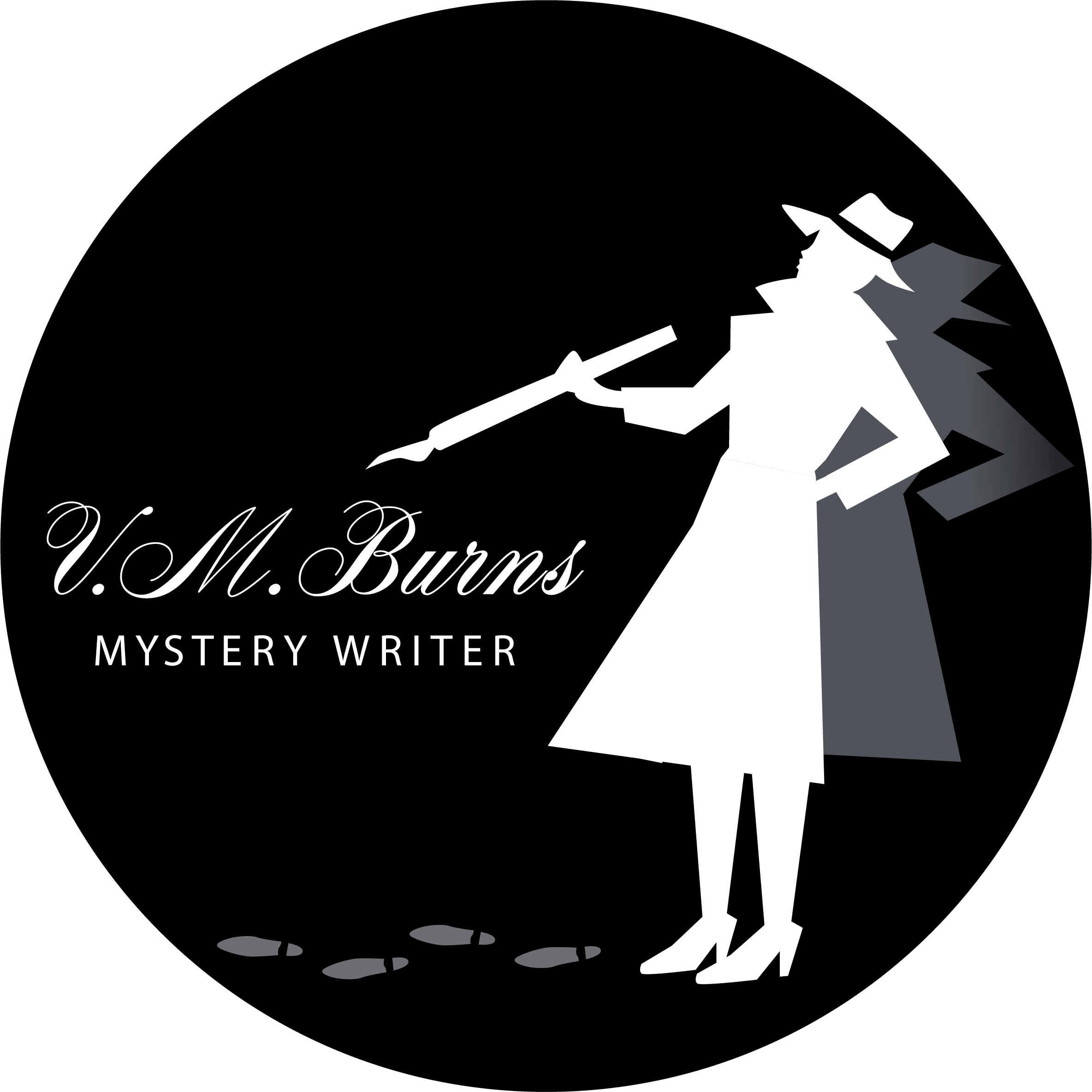Normally I read cozy mysteries. I write cozy mysteries and I write about cozy mysteries. I’m pretty monotonous in my reading habits. However, about a week ago, I was flipping channels and stumbled across a public television broadcast of Lucy Maud Montgomery’s Anne of Green Gables. The movies were produced by Sullivan Entertainment and feature Megan Follows in the title role.
I never read Anne of Green Gables as a child, but discovered them as an adult (probably after seeing the movie). I then fell in love with Anne. After seeing the PBS broadcast, I decided to reread the book. It started with the first book, Anne of Green Gables. That led to the second book, Anne of Avonlea and the third, Anne of the Island. I’m on book four now (Anne of Windy Poplars) and I have accepted the fact that I’ll most likely end up reading this entire series (I think there are 8).
One side effect of getting my MFA is that it’s harder to read books without being critical. I’m hoping someday this will pass and I will once again be able to enjoy books that contain typos or grammatical errors. I won’t even notice how often eyeballs travel or how many times authors use the word grimace. And please Dear God let my mentor’s voice leave my head so that I never hear the phrase, “This suspends belief” while reading (aspiring MFA students, don’t forget to factor in the cost of therapy once you get your degree). If Lucy Maud Montgomery used the word grimace, I didn’t notice. However, the flowery language stood out on the page a lot more than I remembered. Paragraphs are devoted to sunsets, flowers, trees and winds. Yet, I kept reading (well, I did skip over some of the descriptions but this isn’t my first time through the books). For over a week, I’ve been reading about a young girl with a vivid imagination and her trials and tribulations towards adulthood. Last night I asked myself why? Why after nearly one hundred years do readers (myself included) not only care what happens to this redheaded orphan, but we care enough to reread books and watch movies over and over again. What’s the secret that writers like Lucy Maud Montgomery, Jane Austen and Louisa May Alcott know that the rest of us don’t know? How are they able to keep readers coming back year after year and still entice new devotees despite the changing times and social roles. That’s the mystery I’d like to solve. So, I did what every mystery lover does when faced with a mystery. I looked for clues.
First clue, create relatable characters. Few twenty-first century readers may be able to relate to life on Prince Edward Island on a farm during the nineteenth century, life in an orphanage or working as a country schoolmarm. But we can all relate to Anne’s desire for love and the companionship of kindred spirits. Second clue, leave the reader wanting more. Each book in the Anne series ends with the reader feeling satisfied and loose ends are tied up with a bow. However, there is a glimmer of something more to come. There are no cliffhangers leaving readers anxiously waiting until the release of the next book to find out if the heroine lives or dies. Yet, there is a certain wonder about what lies around the next bend in the road? Third clue, use universal themes. Anne’s problem wasn’t really that she longed for puffed sleeves, but that she had low self esteem and wanted to fit in. Regardless of the time or location, readers of any century can identify with this.
In cozy mysteries, once the detective pieces together all the clues, there is a great reveal. Unfortunately, I don’t have a great reveal. I can’t say for sure that if you follow the clues that I mentioned that you’ll come to the same conclusion and will have outstanding book sells, movie deals and that your work will be awarded the highest prize – The title of literary classic. But certainly provides a lot of ‘scope for the imagination.’
